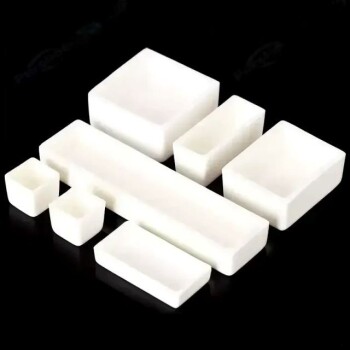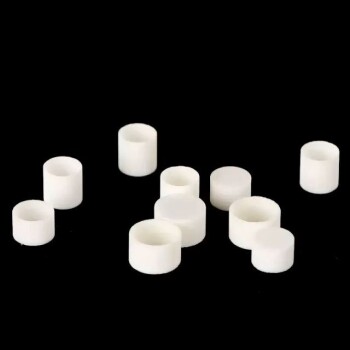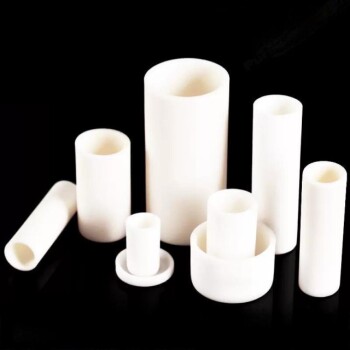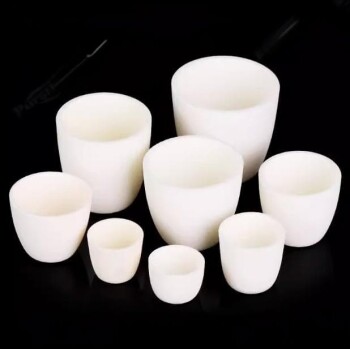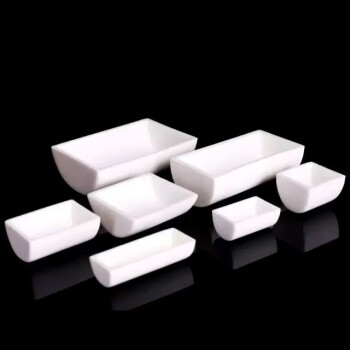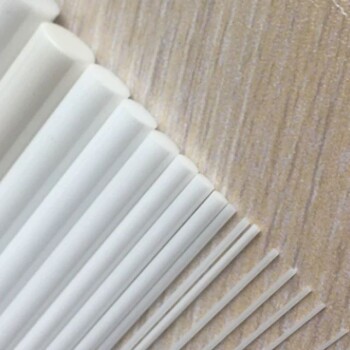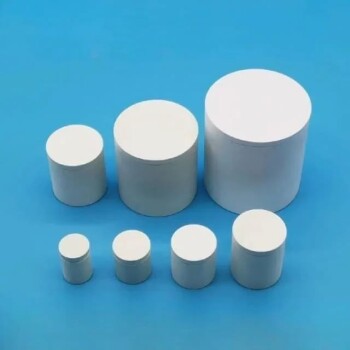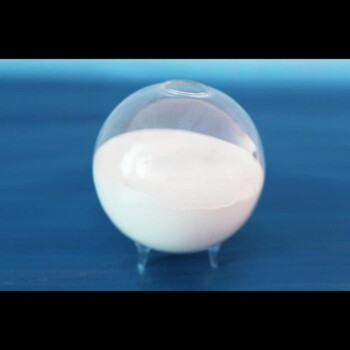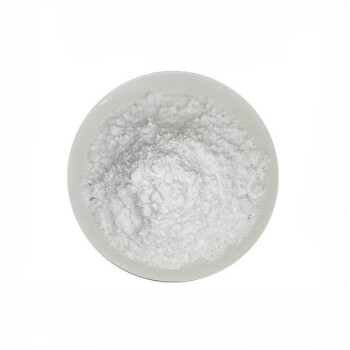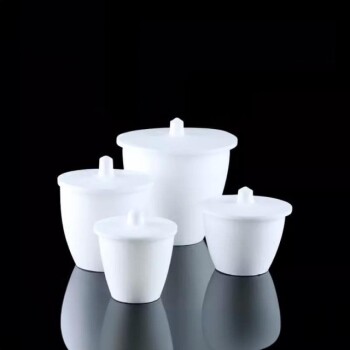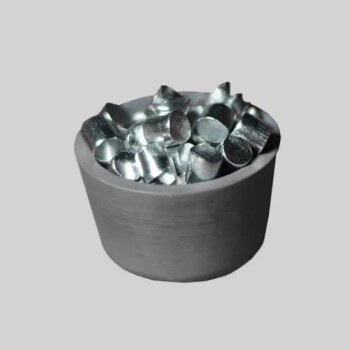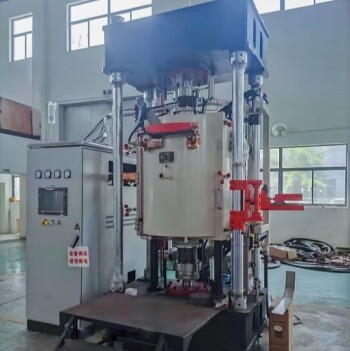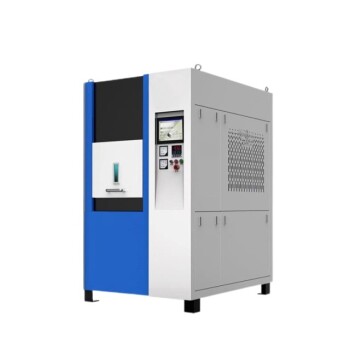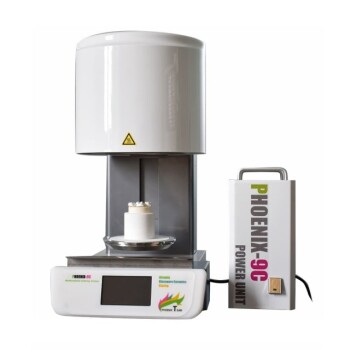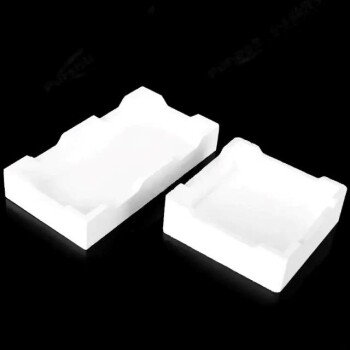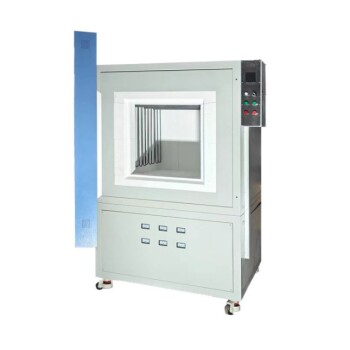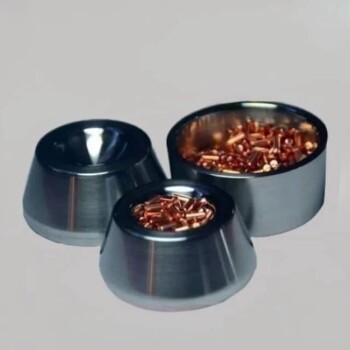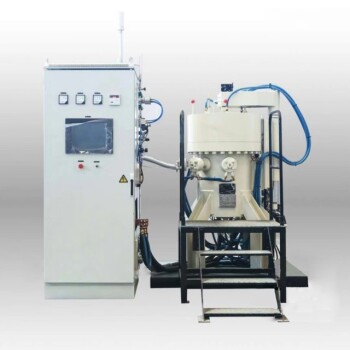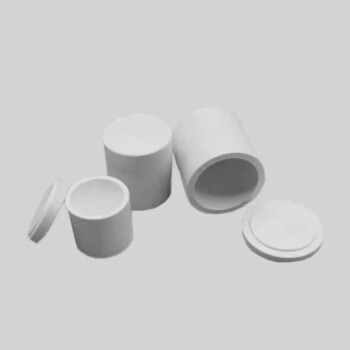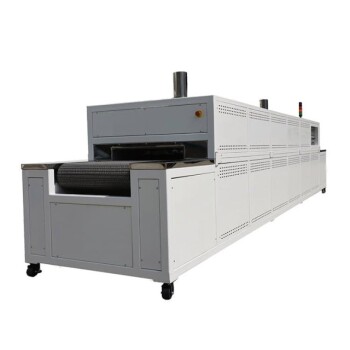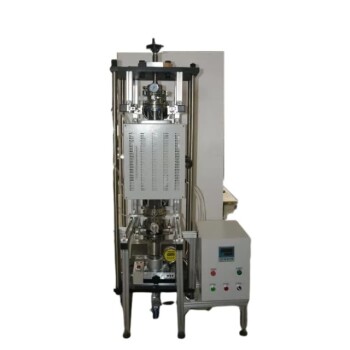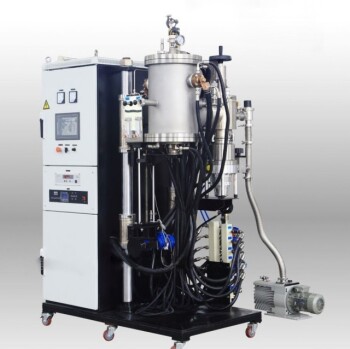Introduction to Alumina Crucibles
Characteristics of Alumina Crucibles
Alumina crucibles are specialized high-temperature containers primarily composed of alumina (Al2O3). These crucibles are renowned for their exceptional properties that make them ideal for demanding applications.
One of the standout features of alumina crucibles is their high temperature resistance. Alumina has a lower melting point compared to other common crucible materials like graphite or molybdenum, melting at approximately 2000 °C (3600 °F). This lower melting point, while seemingly a disadvantage, is often utilized in specific applications where the thermal properties of alumina are advantageous.
Additionally, alumina crucibles exhibit high thermal conductivity, with a rating of about 3000 W/m·K. This is notably higher than that of iron or graphite, making alumina crucibles easier to handle and more energy-efficient to heat. The high thermal conductivity also contributes to their thermal shock resistance, ensuring that the crucibles can withstand rapid temperature changes without cracking.
Alumina crucibles are also characterized by their high mechanical strength and good abrasion resistance. Alumina is harder than iron or graphite, allowing these crucibles to withstand higher internal pressures and mechanical stresses. This mechanical robustness is further complemented by their chemical stability, ensuring that the crucibles do not react with the materials they contain, maintaining high purity and integrity.
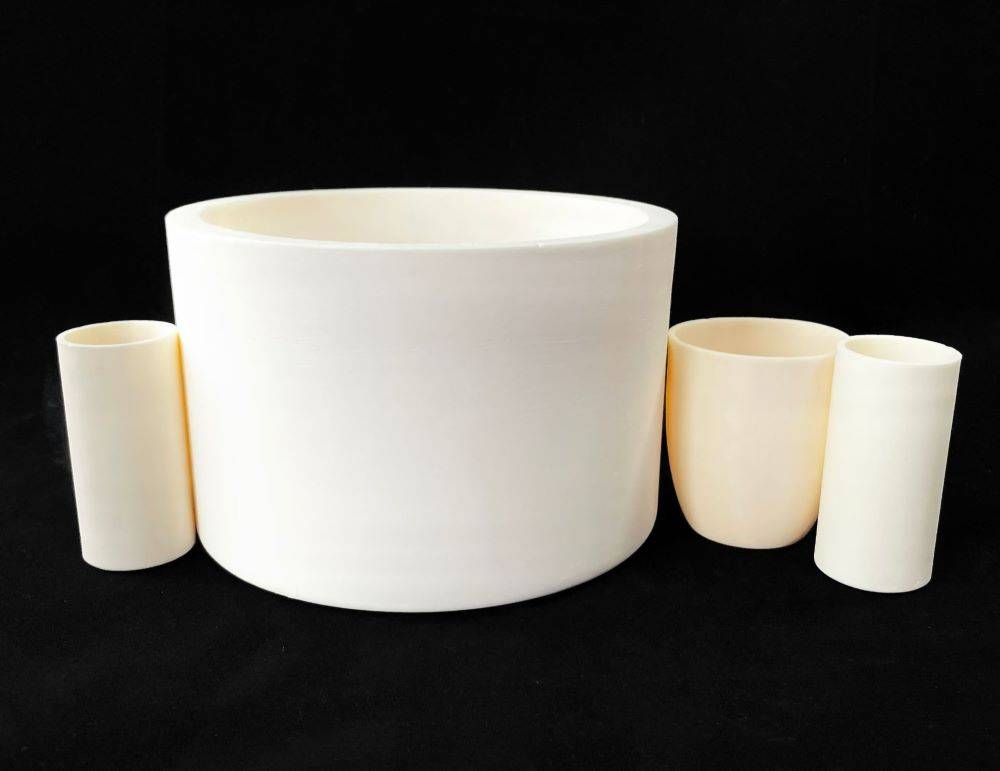
Despite these advantages, alumina crucibles do have some drawbacks. They are relatively expensive compared to other types of crucibles, and their lower melting point can sometimes lead to contamination if not managed properly. However, for many applications in powder metallurgy, the benefits far outweigh these limitations, making alumina crucibles a preferred choice for high-temperature processes.
Applicability of Alumina Crucibles in Powder Metallurgy
Suitable Powder Metallurgy Materials
Alumina crucibles are highly suitable for a variety of powder metallurgy applications, particularly for non-ferrous metal powders, refractory metal powders, and ceramic powders. These materials exhibit minimal reactivity with the crucible material during the sintering process, ensuring the integrity and purity of the final product.
Key Properties of Suitable Materials
| Property | Description |
|---|---|
| Corrosion Resistance | Non-ferrous metals and ceramics typically offer high corrosion resistance, making them ideal for use in alumina crucibles. |
| Hardness | Refractory metals and certain ceramics possess high hardness, which is crucial for maintaining the crucible's structural integrity during high-temperature sintering. |
| Tensile Strength | Materials with high tensile strength are less likely to deform under the stresses of the sintering process. |
| Impact Toughness | High impact toughness ensures that the materials can withstand sudden thermal shocks without cracking. |
| Fatigue Strength | Materials with good fatigue strength can endure repeated thermal cycles without losing their mechanical properties. |
Examples of Suitable Materials
- Stainless Steel: Particularly series 300 and 400, which are known for their corrosion and rust resistance, making them versatile for a wide range of applications.
- Copper and Copper Alloys: Copper powder and its alloys are widely used in moist environments due to their corrosion resistance. Pre-alloyed powders or elemental mixes like bronze are commonly used for self-lubricating bearings.
- Ceramics: High-purity ceramic powders are ideal for sintering in alumina crucibles due to their non-reactive nature and ability to withstand high temperatures.
These materials are chosen not only for their compatibility with alumina crucibles but also for their specific mechanical and chemical properties that are essential for the success of the powder metallurgy process.
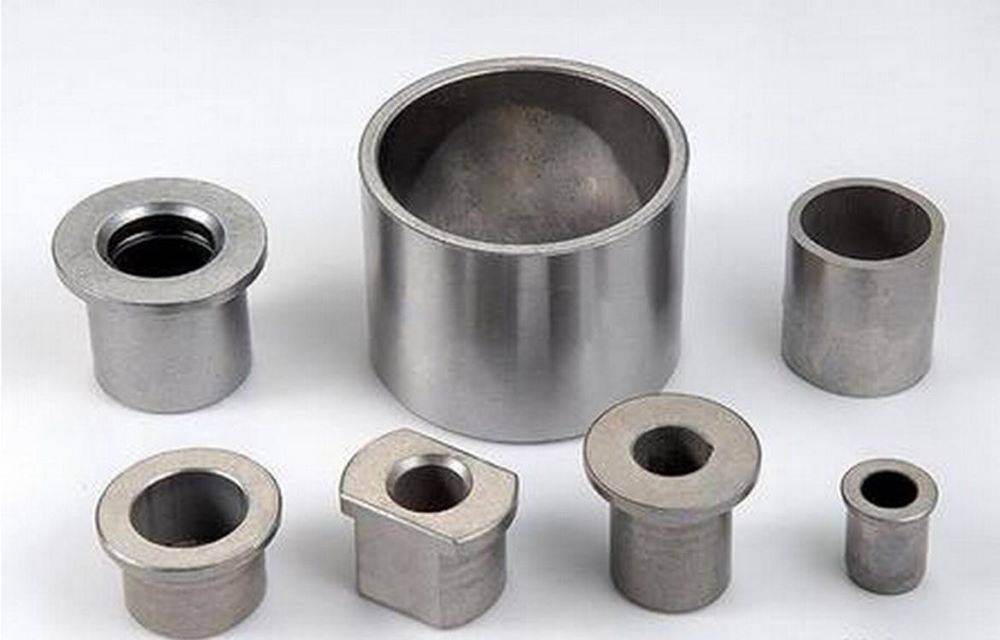
Unsuitable Powder Metallurgy Materials
Iron-based powders, active metal powders, and materials with high silicon content are unsuitable for sintering in alumina crucibles due to potential chemical reactions and crucible damage. These materials can react with the alumina (Al2O3) of the crucible, leading to significant degradation of the crucible's structural integrity and chemical stability.
Iron-based powders, particularly those containing elements like carbon and sulfur, can form low-melting-point eutectics with alumina, causing localized melting and weakening of the crucible walls. Active metal powders, such as titanium and zirconium, are known for their high reactivity and can form volatile compounds with alumina, leading to gas evolution and potential crucible cracking.
Materials with high silicon content pose another risk. Silicon can react with alumina to form silicon dioxide (SiO2), which has a lower melting point than alumina. This reaction can result in the formation of a molten layer at the crucible's surface, leading to uneven thermal distribution and possible crucible failure.
In summary, the selection of powder metallurgy materials for sintering in alumina crucibles must be carefully considered to avoid these detrimental chemical interactions and ensure the longevity and effectiveness of the crucible.
Usage of Alumina Crucibles in Powder Metallurgy Processes
Preparation Stage
Selecting the appropriate alumina crucible is a critical step in the preparation stage of powder metallurgy processes. The choice of crucible should be guided by the specific material to be sintered and the dimensions of the furnace. Crucibles come in various sizes and shapes, each designed to accommodate different materials and sintering conditions. For instance, larger crucibles are typically used for bulk sintering of large quantities of material, while smaller crucibles are suitable for precision sintering of smaller batches or delicate materials.
Before the crucible can be used for the first time, it must undergo a thorough cleaning process. This involves removing any manufacturing residues or contaminants that could affect the purity of the sintered material. Cleaning methods may include ultrasonic cleaning or chemical washes, depending on the level of contamination and the material's sensitivity.
Following cleaning, the crucible must be preheated. Preheating serves two primary purposes: it removes any residual moisture that could cause thermal shock during the sintering process, and it stabilizes the crucible's structure, reducing the risk of cracking under high temperatures. The preheating process typically involves gradually increasing the temperature to the maximum sintering temperature and holding it for a specified period, usually several hours, to ensure complete dehydration and structural stabilization.
After preheating, it is essential to inspect the crucible for any signs of damage. This includes checking for cracks, chips, or any structural deformations that could compromise the crucible's integrity during sintering. Damaged crucibles should be discarded to prevent potential failure during the high-temperature sintering process, which could lead to contamination of the material or even safety hazards.
By carefully selecting, cleaning, preheating, and inspecting the alumina crucible, you ensure that the sintering process will proceed smoothly, with minimal risk of contamination or crucible failure. This meticulous preparation is a cornerstone of successful powder metallurgy, setting the stage for optimal sintering outcomes.
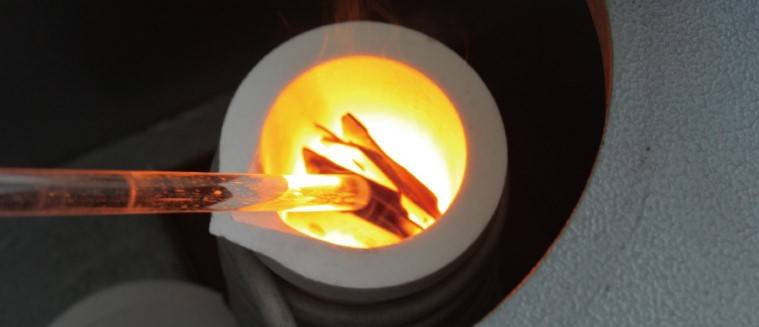
Sintering Process
The sintering process in powder metallurgy involves several critical stages, each meticulously controlled to ensure the transformation of powdery materials into dense, cohesive structures. Initially, the powder metallurgical material is meticulously loaded into the alumina crucible, ensuring an even distribution to facilitate uniform heating and bonding.
Once the material is in place, the sintering temperature and holding time are set according to the specific requirements of the material. This step is crucial as it directly influences the final properties of the sintered product. The heating process is conducted at a slow rate, a practice designed to minimize thermal stress on the crucible and prevent any potential cracking or deformation.
During the sintering phase, the furnace temperature is continuously monitored to maintain precise control. This ensures that the particles undergo diffusion, leading to the formation of necks and subsequent densification, without reaching the melting point of the material. The controlled environment of the sintering furnace allows for the atoms in the material to diffuse across the boundaries of the particles, fusing them into a monolithic solid.
The final stage of the sintering process involves cooling the sintered product. This cooling phase is as critical as the heating process, as it allows the material to solidify into a rigid and cohesive structure. Proper cooling ensures that the microstructure of the material, including grain size, pore size, and grain boundary distribution, is optimized, thereby enhancing the overall properties of the final product.
Cooling and Post-treatment
After the sintering process is complete, it is crucial to allow the crucible and the sintered material to cool naturally within the furnace. This gradual cooling process helps in preventing thermal shock and potential cracking, ensuring the integrity of both the crucible and the material.
Once the cooling period has elapsed, the sintered material should be carefully removed from the crucible. This step requires precision to avoid any mechanical damage that could compromise the structural integrity of the final product. Specialized tools and techniques, such as using soft, non-abrasive materials for handling, can be employed to minimize the risk of damage.
Following the removal of the sintered material, the crucible must be thoroughly cleaned. This involves removing any residual material and ensuring that the crucible is free from contaminants that could affect the outcome of subsequent sintering processes. Cleaning methods may include the use of appropriate solvents or mechanical methods, depending on the nature of the residues. Proper cleaning not only extends the lifespan of the crucible but also ensures consistent and high-quality results in future sintering operations.
Related Products
- Engineering Advanced Fine Alumina Al2O3 Ceramic Crucible for Laboratory Muffle Furnace
- Engineering Advanced Fine Ceramics Alumina Crucibles (Al2O3) for Thermal Analysis TGA DTA
- Engineering Advanced Fine Ceramics Alumina Al2O3 Crucible With Lid Cylindrical Laboratory Crucible
- High Temperature Alumina (Al2O3) Furnace Tube for Engineering Advanced Fine Ceramics
- Arc-Shaped Alumina Ceramic Crucible High Temperature Resistant for Engineering Advanced Fine Ceramics
Related Articles
- Vacuum Induction Melting Furnace vs Arc Melting Furnace: Choosing the Right Equipment for Your Process
- Choosing the Right Muffle Furnace for Laboratory Needs
- Ceramic Alumina Crucible for Thermal Analysis Test Containers
- Introduction to Various Ceramic Crucibles
- Substances Suitable for Calcination in a High-Temperature Muffle Furnace

